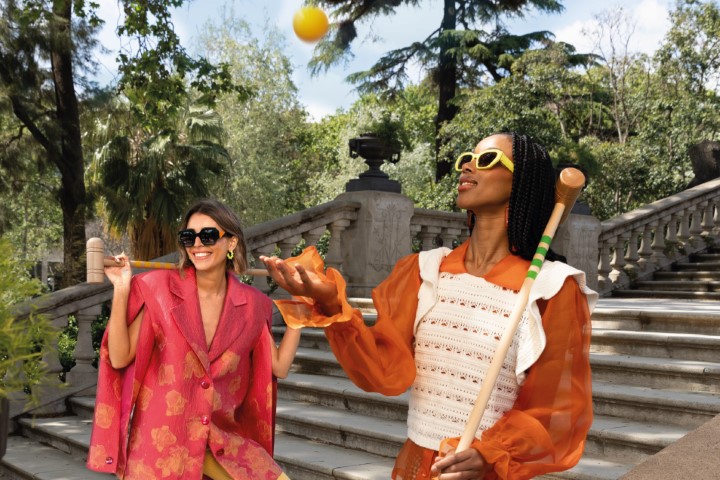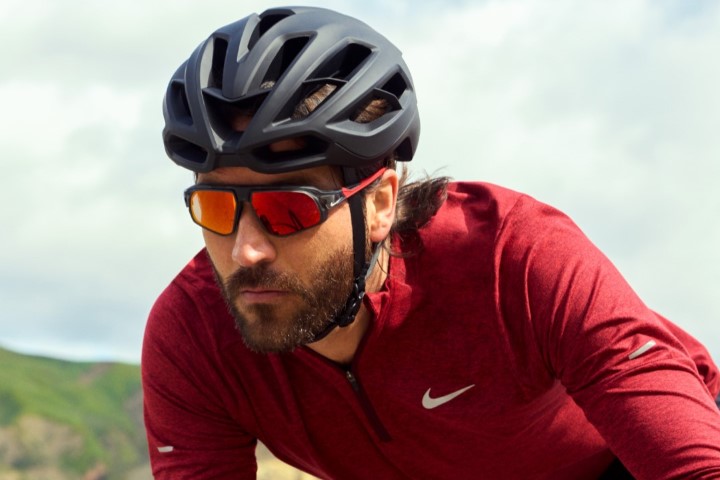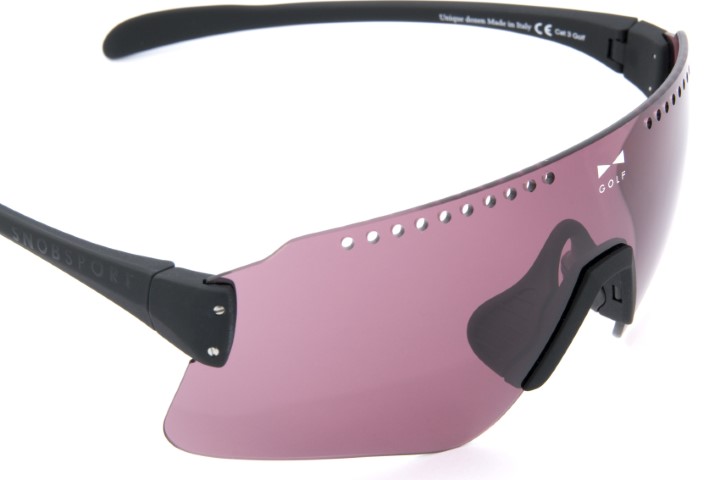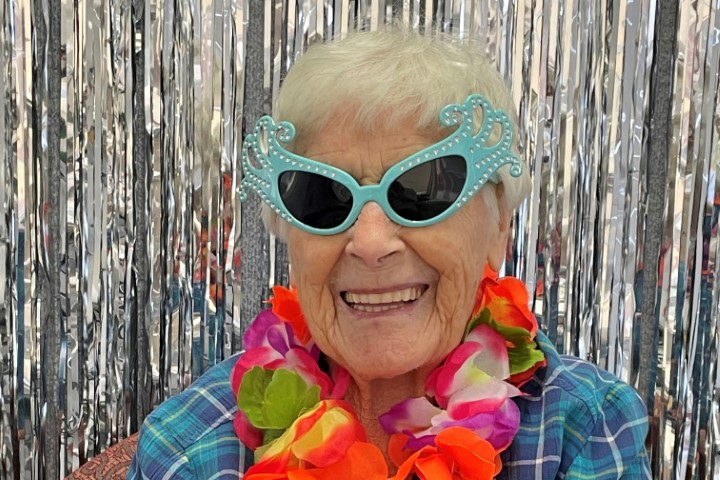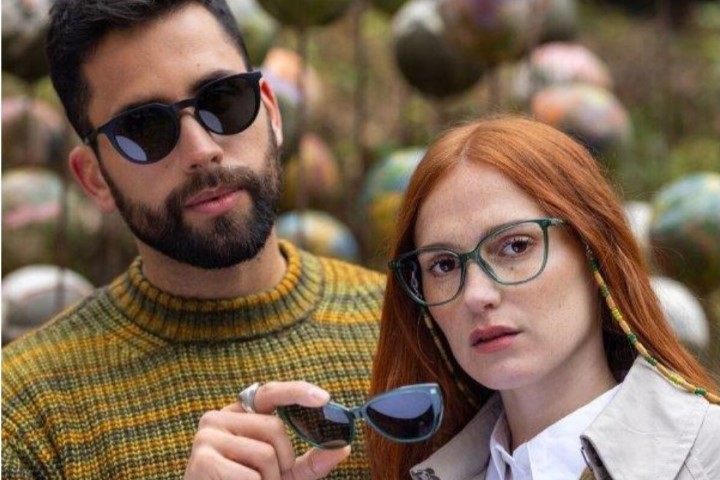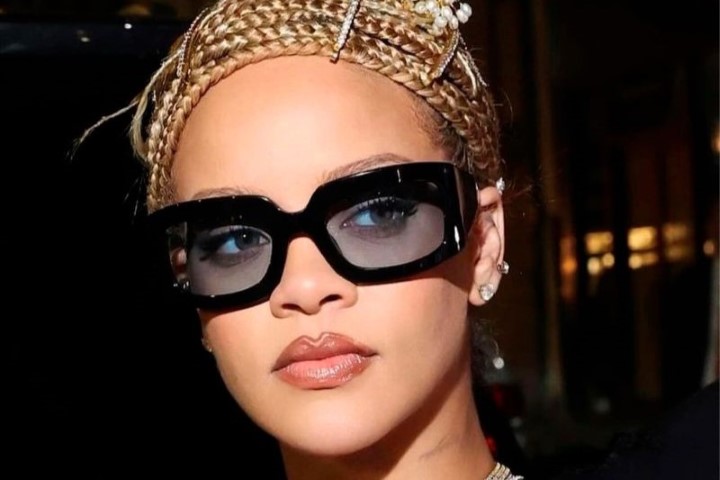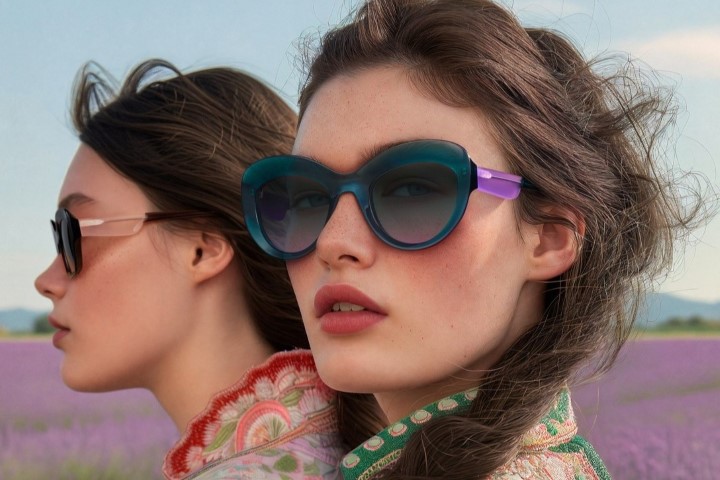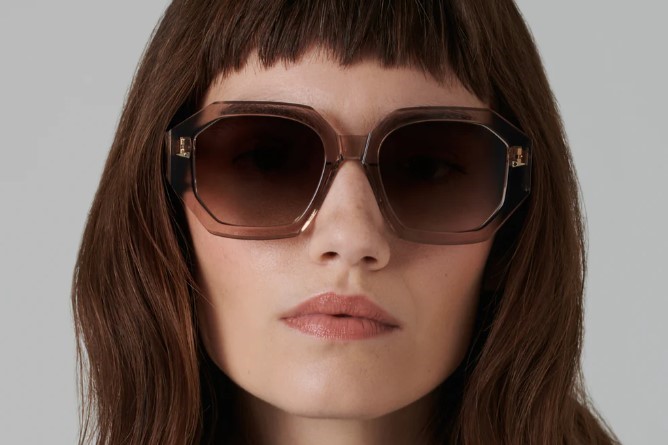Asia-Pacific: a growth market for sunnies
We get the first sunrise of each day, so it’s only fair that we’re leading the market for sunglass sales.
According to Statista, the global sunglasses market will be worth US$25.8bn (NZ$42.1bn) in 2024, reflecting an annual growth rate of 4.38%. While the US leads the market in terms of revenue, Custom Market Insights says Asia-Pacific is leading the charge in demand for polarised lenses, which account for just over 40% of the current market. It’s also the fastest growing market for sunglasses, globally.
This is great news for optometrists across Oceania, as polarised lenses are most likely to be purchased at a trusted outlet such as a high-street optometry practice. Offering the consumer a hybrid of fashion and healthcare, prescription polarised lenses are particularly popular among millennials (ages 28–43) and Gen-X (ages 44–59), who need them for driving and outdoor sports.
What’s driving the growth?
A good chunk of growth across Asia-Pacific is related to increasing disposable incomes in places such as China. But Australia and New Zealand are definitely hot spots for polarised lenses too. Again, health concerns and increased awareness of the climate crisis and its impact seem to be the two driving forces in this market, bringing demand to the optometrist’s door. While younger people might be buying cheaper and/or brand-driven frames with generic lenses online or from fashion outlets, the over-30s definitely see sunglasses as a healthcare product and an investment for which they need professional advice.
The best products to stock
The demand for polycarbonate plastic frames is eating up almost 60% of the market, according to Custom Market Insights, which notes durability, flexibility, fashion and colour as the main draws. However, with environmental sustainability an important concern, and a rise in recycled products, renewable plastic is again a driver. Products made from wood and bamboo are apparently increasingly being viewed with suspicion by a more informed market worried about greenwashing, while metal frames are notoriously hard to make from recycled materials.
While recycled plastic frames have previously been a specialist product made by smaller, passion-driven businesses like Sea2See, bigger brands are increasingly coming onboard. In January this year, EssilorLuxottica announced it would be using 50% recycled materials in all of its products by 2025, with the aim of being carbon neutral by 2030. Oakley’s Bio-Matter frame material, made from castor bean oil, is being used across more of its products, and Ray-Ban, which continues to lead the market share in terms of brand recognition, now uses up to 67% eco-conscious materials in its frames.
According to the stats, customers wanting sunglasses are becoming increasingly environmentally conscious, health aware and looking for a high-quality product that comes with advice from an eyecare professional.
The top five hot trends for summer 2024
1. Here comes the sunshield
Futuristic, oversized, rimless shield-frame design is leading the catwalks this year. As the obsession with ’90s nostalgia inevitably tips over into a noughties revisit, Y2K-inspired sunshields are all the rage. Usually one-piece moulded plastics, they don’t naturally lend themselves to prescription lenses, but they’re perfect for the contact-lens wearer. Great for sports but fashion forward – make sure you keep a couple of pairs on your shelves.

Bottega Veneta
2. It’ll be all-white
Monochrome white is back, offering a timeless, stylish choice for those looking to transcend seasonal styles with an investment piece. The high-fashion advice is to stick to classic shapes to avoid the risk of looking a bit tacky. Big fashion names like Marc Jacobs are offering modern versions of retro styles, like these funky cat-eye inspired frames from its 2024 summer show.

Marc Jacobs
3. Carrying the eyewear torch
It’s an Olympic year and who doesn’t fancy themselves as a would-be athlete? With the games being staged in uber-fashionable Paris, the catwalks have been leaning into sports mode. To be expected, sports-focused brands like Oakley are leading the charge with prescription-specific frames and lenses, like the award-winning Flak 2.0 XL. Perfect for track and field, or for the patient who likes to watch rugby with their niece or nephew at the weekends.

Oakley Flak 2.0 X
4. Slow fashion
Take the slow lane with tortoiseshell acetate frames. Increasingly popular among Gen-Z, almost any retro shape carries this trend, but the Clubmaster is especially popular (as aviators, finally, start to fade a little). Ray-Ban’s classic tortoiseshell Clubmaster is a classic, prescription-friendly, unisex frame that can be dressed up or down.

Ray-Ban Clubmaster
5. Sunblock with colour block
Big and bold or stylish and slender, it doesn’t matter as long as there is a strong splash of colour. And just for once, colour doesn’t have to be for the lionhearted fashionista. According to experts from Net-a-Porter, dressing down the colour of your frames with street-style T-shirts and washed-out jeans is the way forward. Quirky shapes, like Inflated, by Loewe, can be fun, but angular and classic shapes work too.

Inflated by Lowe
When will the aviator go out of style?
Well, the short story is, never! Sorry, aviators are here to stay. But there is a definite move away from more modern, inventive versions back to a more dependable, timeless look which suggests that while the aviator will always be a strong performer, other retro styles are set to have their day in the sun. It’s always good to keep a couple of pairs of aviators in stock, especially for older, male customers who may be fashion-shy and just want a familiar style they know will work in a variety of situations. Prada’s slim, sporty design is a versatile aviator that will appeal to a variety of customers.

Prada
Polarise your sales
Not everyone is going to want to splash out on polarised lenses – they’re expensive and not always suitable for their intended purpose, so make sure you are explaining the offer to your customer. Going polarised has key advantages for you to communicate:
- Blocking glare – perfect for boaties
- Reducing eye strain if you drive a lot
- Sightseeing – polarised lenses can improve contrast and acuity
But they might not be suitable:
- If you go in and out of light – photochromic lenses might be better
- If you rely on screens – polarised lenses cause distortion, so if your customers are using GPS on their phones or watching their favourite sport, they might not work so well.

Freelance writer Jai Breitnauer divides her time between New Zealand and the UK. She lives with her husband and two children in Bristol and is a regular contributor to NZ Optics.









